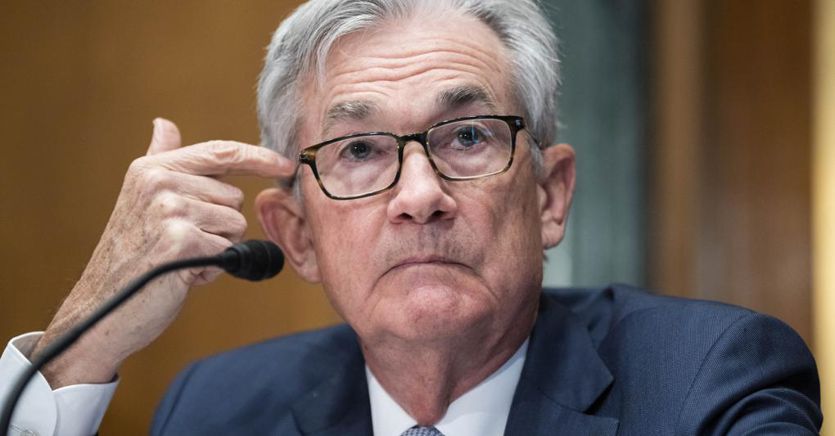Too late? Yes, it is likely. The Federal Reserve may have reacted too slowly to inflation that was driven not only by supply factors – restrictions, interruptions in supply chains – but also by demand factors – monstrous government spending, expenditure financed by extra savings – and which therefore required a more decisive, faster intervention. Now it must run, but at the same time it cannot unleash disorderly movements in the financial sector and, above all, in the credit sector where monetary policy meets the real economy.
The risk of an undermining of expectations
The situation is quite delicate. Inflation expectations are stabilizing at quite high levels: break evens – the difference between the yields of indexed and “normal” securities – are close to 3.4% for five years and close to 3% for ten years . The 5y5y inflation rate swaps, which are less affected by any risk premia, are however up and approaching 2.5%. In recent days, there has been some tear towards 2.7% which demonstrates the interest of investors to bet – or protect themselves – on higher levels of inflation in the long term. There is a real risk of un-anchoring expectations.
Core inflation still rising
Inflation measured by the Fed’s preferred PCE index reached 6.6%. Above all, the core index is now at 5.17%: in the US overall inflation tends to “follow” this underlying inflation which tends to rise. For some time now, US price increases have been generalized, with a very wide spectrum, and not simply changes in relative prices – of energy compared to others, for example – painful but not easy to attack with monetary policy.
Yields up, but not in the very short term
The markets have well understood both the now “hawkish” orientation of the US Central Bank, and the inflation prospects: American yields are rising rapidly. However, it is symptomatic that the shorter part of the curve, the one that reflects and at the same time expresses monetary policy, remains at lower levels than in 2020: the clearest sign of a delayed monetary policy.

Very accommodating financial conditions
The Chicago Fed Financial Conditions Index, which summarizes the performance of more than 100 indicators along the entire monetary policy transmission chain, while remaining well below the long-term average (equal to zero by definition) – which it is also a simplistic indication of equilibrium value – it has returned to 2016 levels, when the first normalization of monetary policy after quantitative easing had just begun. At that time, the Fed was at the “guide” of the process, now it seems that the entire rate structure is “ahead” of monetary policy, which is struggling to chase it.
